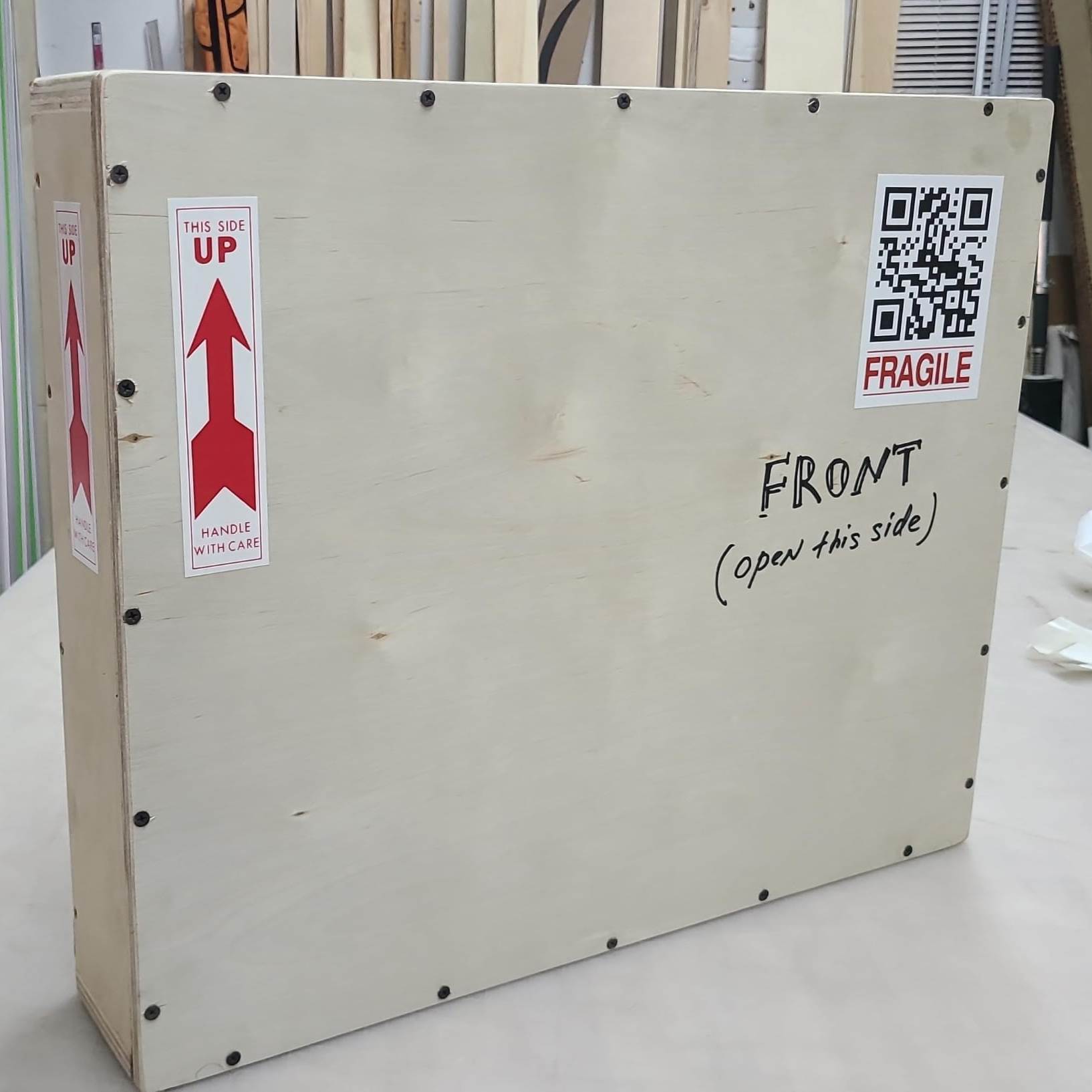Art shipping is a specialized field where nuanced planning and logistics play vital roles in the safety and timeliness of deliveries. When the stakes are too high and a priceless piece of art needs to travel a long distance, heavy-duty artwork packaging can help as an ultimate safety shield. On the one hand, it gives maximum protection possible; on the other hand, it may add weight and create practical challenges for handlers. Here is a guide to balancing protection and practicality in art packing.
Main Challenges Associated with Heavy-Duty Artwork Packaging
Weight Limitations
The fundamentals of art logistics include understanding weight limits, especially when it comes to air freight. Many carriers have strict weight limitations alongside dimensional restrictions, which adds a headache for art packaging professionals. Durable, heavy-duty materials and structures are usually large and heavy; however, they need to be fitted to the carrier’s limits, with a carefully calculated dimensional weight that doesn’t cause avoidable expenditures.
Ergonomic Design Needs
Both weight limitations and practical handling issues force art packing professionals to optimize designs and create ergonomic crates and boxes that take human convenience into account. Modern packaging solutions are often equipped with integrated handles, lightweight panels, and lids with easy access, all meant to simplify loading and unloading processes. A popular choice today is a bolt-plate crate, which is quick and easy in assembly and non-traumatic for the crating staff.
Labeling of Packaging
Labeling is also a significant element of safe art handling. You can either use standard labels like “Fragile” and “This Side Up” or employ more advanced orientation indicators with color-coded arrows. Even the simplest adhesive labels can ensure the heavy-duty crate’s right positioning during transit, and they shouldn’t be ignored in any case.
Innovations in Heavy-Duty Packaging
Innovations are entering every domain of human activity at a fast pace, and heavy-duty artwork packaging is no exception. One of the technological advancements worth using in this area includes light, durable composite materials (e.g., biocomposites), which combine heavy-duty protection along with emission-free, recyclable composition. The use of such materials provides sustainability and allows art packaging companies to fit any carrier’s dimensional weight requirements without sacrificing the safety of freight.
Another important development is a modular crate. Such crates can be assembled and disassembled for repeated use, thus reducing the costs of crate manufacturing and ensuring sustainability. Though wooden crates remain the golden standard of the art packaging industry, modular crates are gradually entering the stage, applicable for specific use cases.
